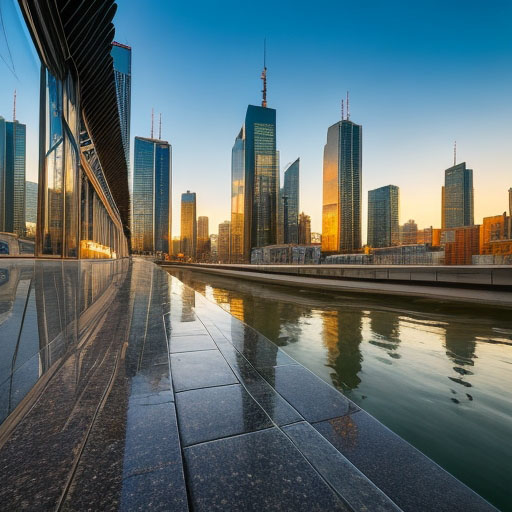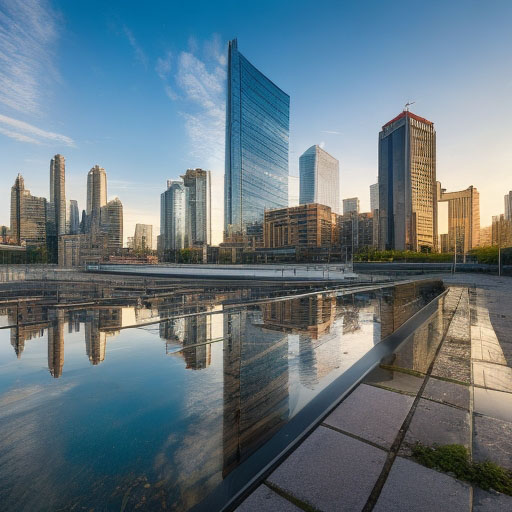AI can play a role in the world of camera lenses and filters by assisting photographers and videographers in enhancing and creating artistic effects in their work. Here’s how AI can be used in this context:




- Auto-Focus Optimization: AI algorithms can enhance auto-focus mechanisms in camera lenses, making them faster and more accurate. This is particularly valuable for capturing moving subjects and achieving sharp focus in various shooting conditions.
- Image Stabilization: AI-powered stabilization can compensate for camera shake, resulting in smoother and sharper images. This is useful for reducing motion blur, especially in low light or when using telephoto lenses.
- Bokeh Simulation: AI can simulate the bokeh effect, creating a pleasing background blur that mimics the aesthetic of high-quality lenses with wide apertures. This can be especially useful for smartphone cameras with fixed apertures.
- Lens Correction: AI can correct lens distortion, chromatic aberration, and other optical imperfections, ensuring that the final image is free from distortions and optical artifacts.
- Filter Effects: AI can apply various filter effects to images, simulating the appearance of different lens filters, such as polarizers, neutral density filters, or color filters. These effects can be used to enhance the mood and style of the photographs.
- Adaptive Optics: AI can adaptively adjust camera lenses to changing shooting conditions, optimizing image quality for various scenarios, such as landscape, portrait, or macro photography.
- HDR Photography: AI can assist in creating high dynamic range (HDR) images by capturing multiple exposures and blending them seamlessly. This can result in detailed and balanced photos, particularly in high-contrast scenes.
- Fisheye and Wide-Angle Correction: AI can correct the distortion inherent in fisheye and ultra-wide-angle lenses, making them more versatile for different photography genres.
- Lens Recommendation: AI can suggest the best lens for a specific photographic scenario based on the photographer’s goals and the camera’s capabilities.
- Color Grading and Effects: AI can analyze the image and apply color grading or special effects to achieve a specific artistic look or style, such as vintage, sepia, or cinematic grading.
- Depth Mapping: AI can create depth maps from a 2D image, allowing for post-processing effects like selective blurring or the creation of 3D images.
- Filter Detection and Removal: AI can detect and remove undesirable artifacts introduced by filters, such as reflections or unwanted color shifts.
- Portrait Enhancement: AI can enhance portrait photography by automatically retouching skin, adjusting facial features, and improving overall image quality.
- Lens Aberration Correction: AI can identify and correct lens aberrations such as barrel distortion, pincushion distortion, and vignetting.
- Custom Lens Profiles: AI can generate custom lens profiles for specific lenses, improving image quality and reducing the need for manual corrections in post-processing.







AI can significantly improve the quality and versatility of camera lenses and filters, making them more accessible and user-friendly for photographers and videographers. It can also help in post-processing by automating many of the tasks that were traditionally done manually, enabling photographers to focus on their creative vision.
You can learn more Camera lenses and filters art Prompts Here
Link :>

